
2 minute read
WELL-BEING
In elementary school, flexible environments improve the quality of interactions between students and students and teachers. Agile furniture can create various spaces and zones within a classroom - this flexibility means more freedom for social integration and movement opportunities. Flexible environments give teachers the needed areas to deliver private actionable feedback, support students’ selfselecting learning locations, and offer multiple modes of formative assessment.
Student-centered learning aims to develop autonomous and independent students. Agile furniture contributes to individual freedom of choice. The freedom to choose personal and situational comfort sets the stage for developing agency in the learning environment. Agile furniture is paramount for quick autonomous changes. In these environments, students can appropriate the types of spaces and furnishings that best support their learning. When flexible environments are supported by agile furniture, it shifts the learning experience from the teacher to the student.
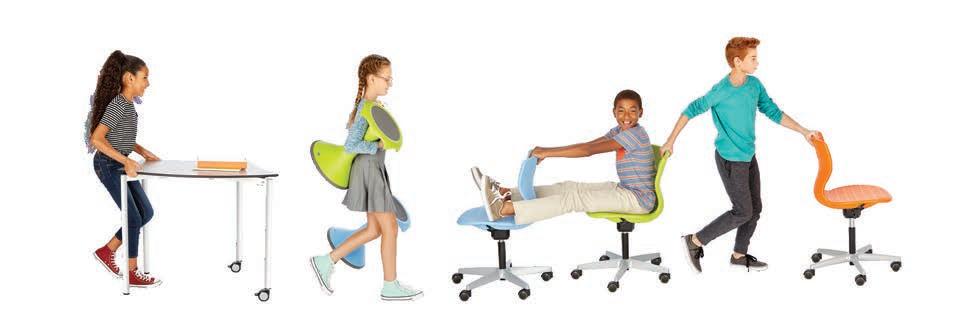
When teachers cultivate student-centered environments in their classroom, it does not mean kids have free rein to do what they want. It means a structured environment with routines and procedures so all kids can learn. The goal is to holistically marry learners’ academic, social, and emotional needs as they seek answers to the wonders of the world around them.
Teachers who utilize agile spaces foster a community culture by allowing independent work and teamwork through large and small group instruction and reflective, independent learning activities. It means placing students at the center of their own learning environment so they can decide why, what, and how their learning experience and environment will take shape. It is designed for learners to engage in collaborative experiences, so they have multiple opportunities to demonstrate mastery through skills and content. Flexible environments are multidirectional to support the acquisition of learning outcomes and help teachers address any learning losses as needed.

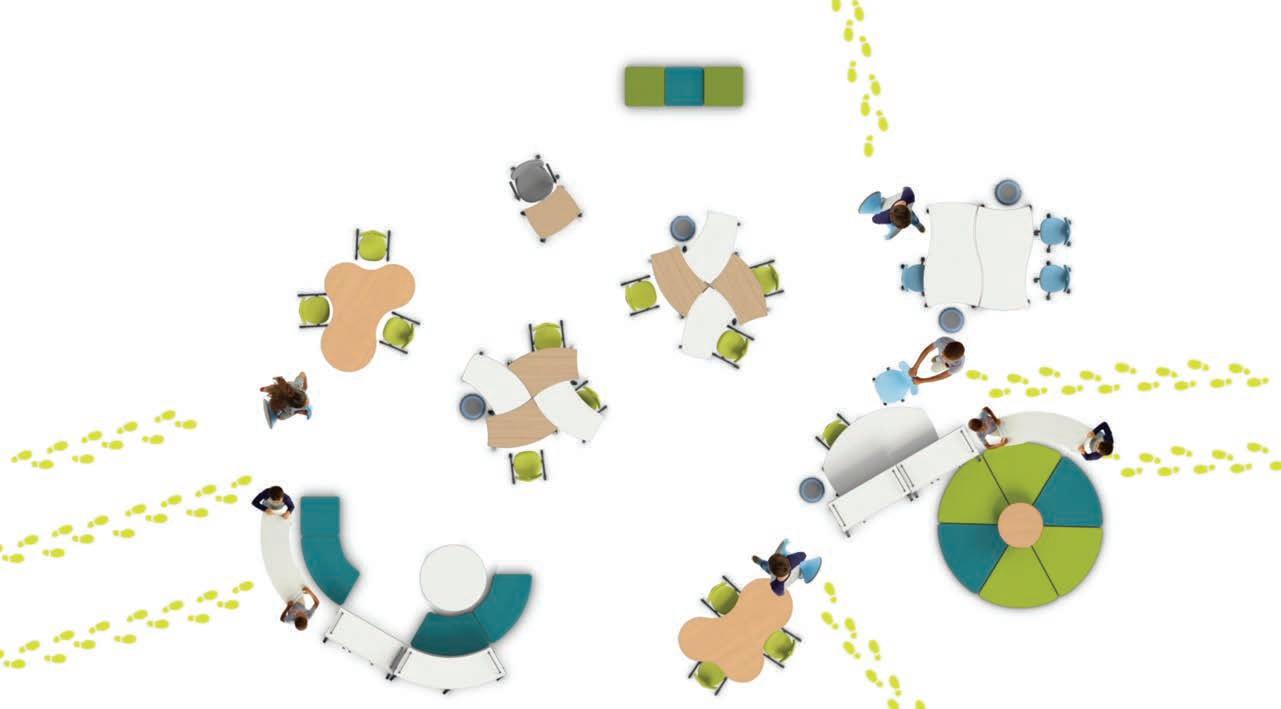
VS America’s agile furniture can be used to create flexible learning environments. Teachers and students can easily arrange various spaces and zones to allow for increased movement, social integration, and content-based interactions.
Social integration with line of sight throughout the classroom accompanied by acoustical supports by incorporating soft furnishings.
Micro-collaborations with peers in physical and virtual breakout spaces.
Place identity, in-person and distance learning, through selfselection of tables and chairs and mobile storage to arrange literacy-based dialogue circles.
Student participation with the incentive to belong in the physical environment when they have agency to choose, move, and be comfortable.
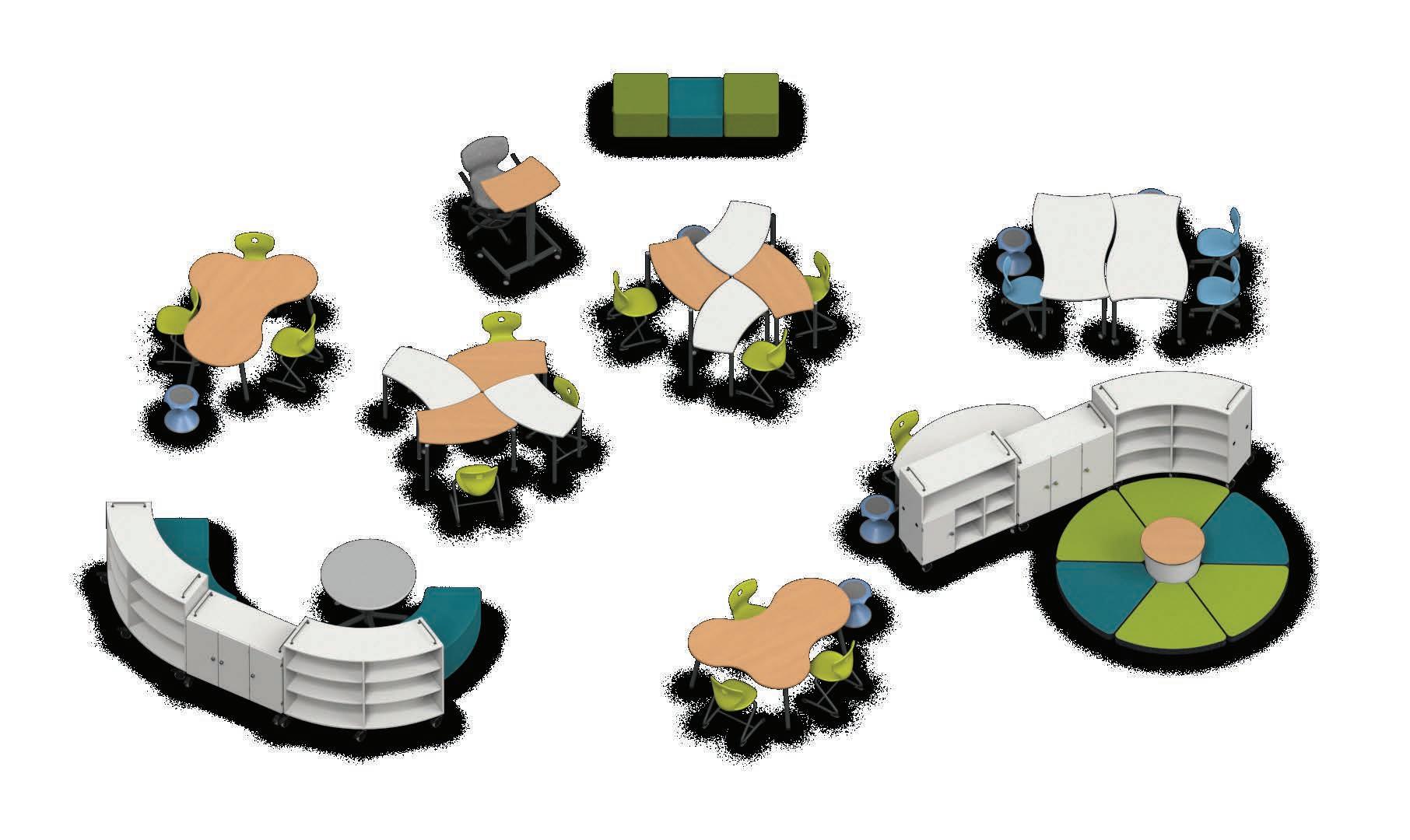
Flexible learning environments with agile furniture support instruction in whole group, small group, and in one-on-one spaces. The various types of groupings foster the following opportunities:
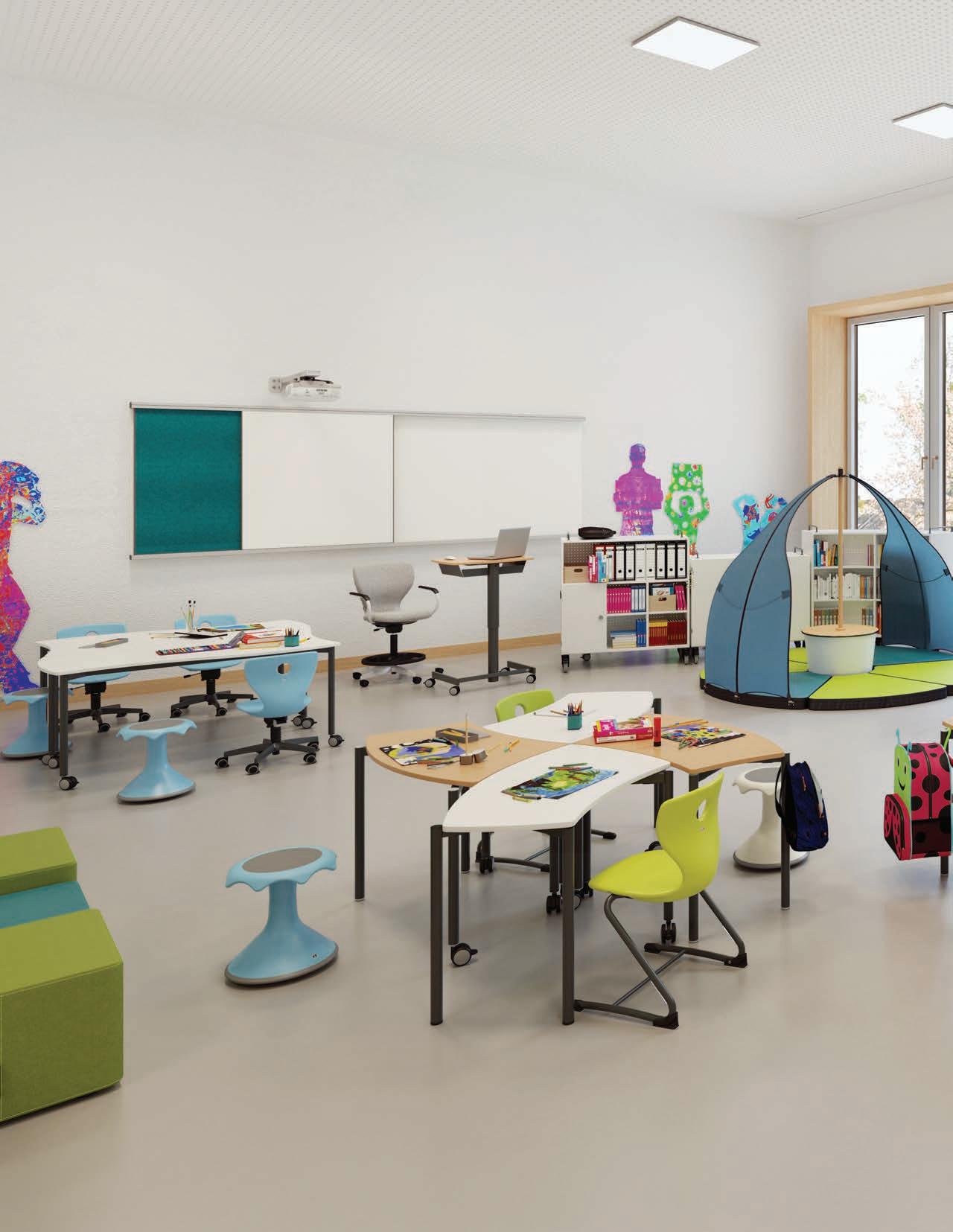
1.
Whole group instruction allows the teacher to create cultural, community, and social-emotional connections.

2.
Small group experiences promote positive interdependence, individual accountability, and social interactions to help make meaning of a text.
3.
Distributed mobile storage helps teachers allocate classroom resources based on rotations, and also offers privacy for one-on-one instruction.
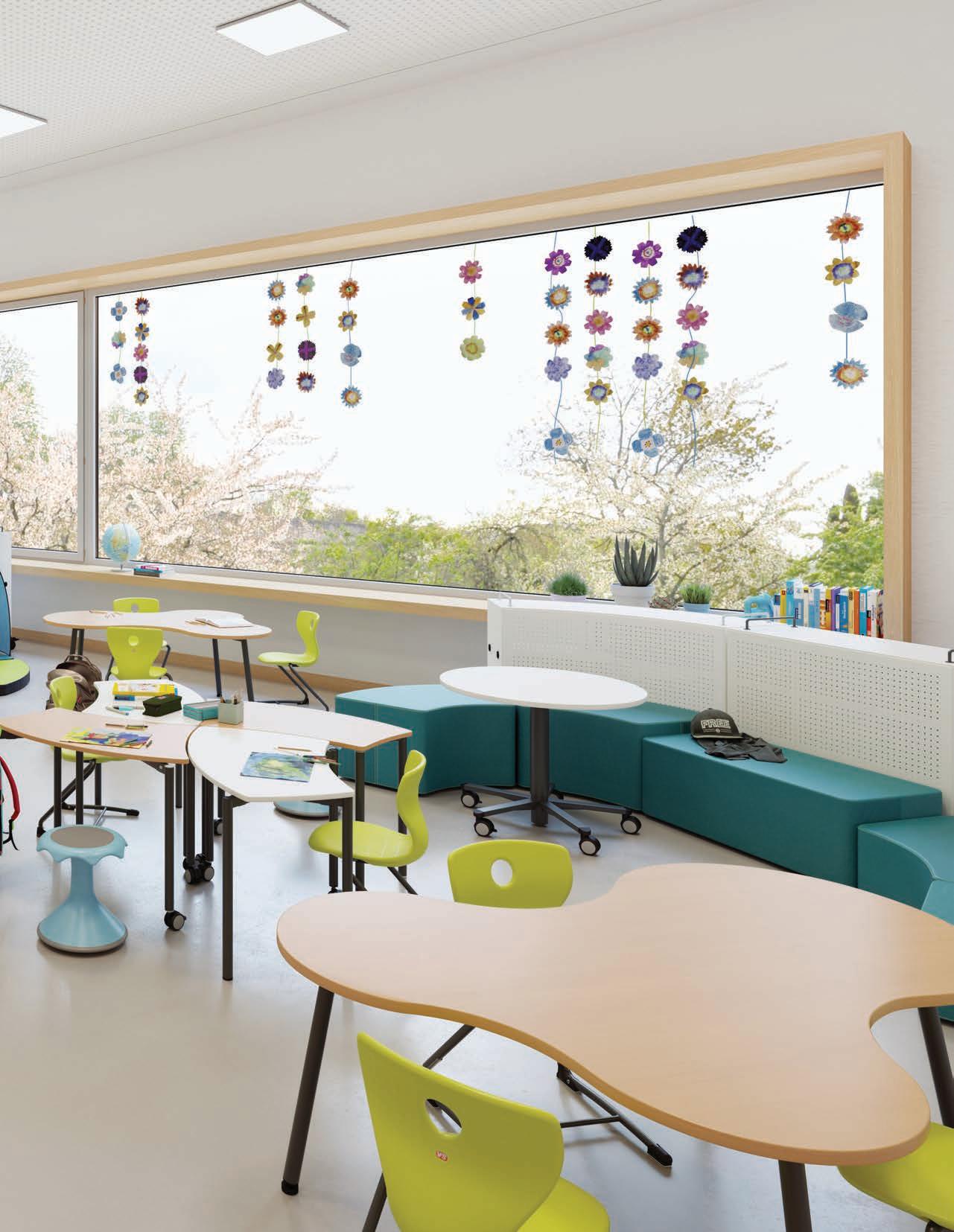
4.
Small groups foster social belonging through interactive peer supports and promote the love of learning.





